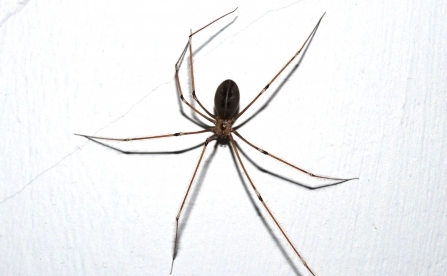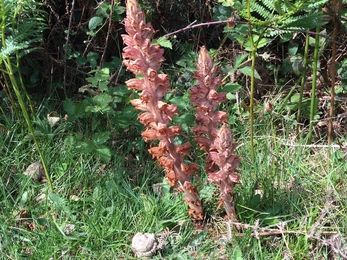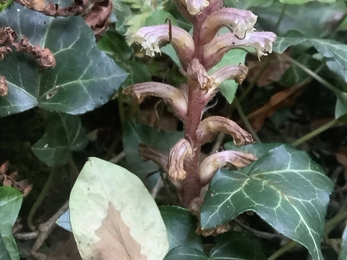Each year the Wildlife Trust’s 30 Day's Wild challenge gains in popularity. Thousands of people take part, celebrating and sharing the ways they have engaged with nature, and their observations about our natural world. But, how have Hampshire & Isle of Wight staff been spending 30 Day's Wild? Company Secretary, Clive Chatters, shares with us his final wild week. Read about Clive's first week here, second here and third here.
Day 22 Spiders
Having talked about Fleas in Day 18 there is a madly whirling creature in the corner of our staircase that reminds me of other things in nature that are unwelcome in a domestic setting.
Daddy-long-legs spiders Pholcus phalangioides are the creatures usually responsible for the messy straggle of filamentous webs that you find when its time to spring-clean behind the cupboard. The festoons of web are cartoon-like in being what you’d expect in a ghostly mansion. They also share the skills of the cartoon (or is that graphic novel?) Spiderman in their ability to throw their sticky webs after prey.
Daddy-long-leg spiders share a name with Craneflies as they both have a gangly appearance and an apparent inability to control themselves in times of stress. You know that you’re displacing Pholcus with your dusting as they will vibrate in a hula-fashion as soon as they are threatened. The positive thing about Pholcus is that they hunt down and eat far larger spiders, include those massive hairy-legged House Spiders that seem to head indoors when the weather starts getting cold.




